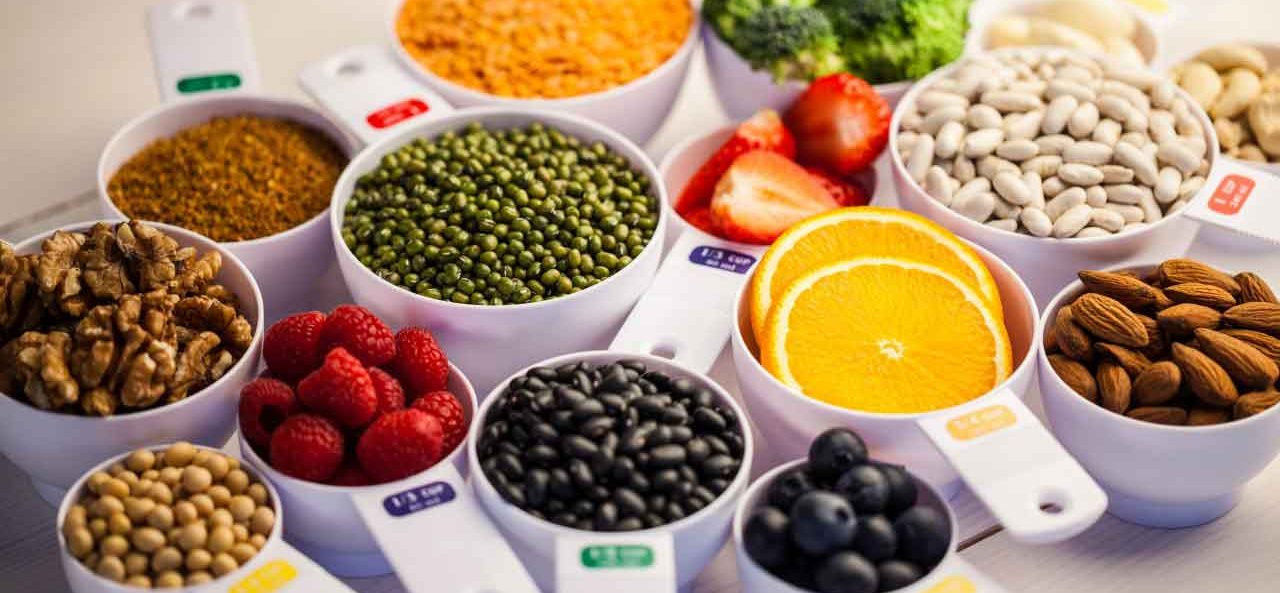12 Foods for Constipation

Fight your constipation naturally with this list of 12 foods that make you poop. Keep things moving with these foods that are full of the dietary fiber everyone needs.
Nobody likes to spend a half hour or more on the porcelain throne (unless you’re playing on your smartphone or reading a magazine). You can find yourself in trouble if you’re stressed out, not eating enough fiber, or drinking too little. Although the old idea that you need 8 full glasses of water a day isn’t correct, constipation is one sign of dehydration.
If you’re drinking enough, consider constipation a request from your body for more fiber. Most Americans need to double their fiber intake. Aim for 25 to 30 grams of fiber daily from foods for constipation, rather than supplements. For example, an apple, a half cup of cauliflower, and a cup of beans would come to about 25 grams of foods that make you poop.
The simplest way to ensure that you get enough fiber each morning is an old-fashioned breakfast of muesli and oatmeal mixed with dried fruits and nuts, which add up to a fiber powerhouse.
YOU MIGHT ALSO LIKE: Relaxation Can Improve Gastrointestinal Symptoms
Foods for constipation
Some foods to increase your fiber:
1. Raspberries. These berries offer 8 grams of fiber a cup. Indulge in them in the summer time. When they’re not in season, you can freeze fresh raspberries (or buy them frozen). Other kinds of berries contain fiber, too. Put berries on top of your muesli.
2. Nuts. A 1-ounce serving of almonds, pistachios, or pecans all provide around 3 grams. Brazil nuts, peanuts, and walnuts provide a bit more.
3. Oranges. Skip orange juice, which is a jolt of sugar without fiber. Instead, eat an orange that could have 2 grams or more of fiber. A rat study also concluded that naringenin, which occurs in citrus fruits, has a laxative effect.
4. Dried fruit. People think of prunes as food for the elderly because older people often suffer more from constipation. This old-fashioned remedy does work; just one little dried prune has a gram of fiber. Prunes also contain sorbitol, a natural laxative. Dried fruits are more fibrous than fresh ones. For example, a cup of grapes has 1 gram of fiber, and a cup of raisins 7. Although adding raisins, prunes, or dried apricots to your cereal supplies fiber along with the sweetness, just be aware that you’re eating more sugar, too.
5. Beans. Beans offer twice as much fiber per cup, from 12 to 18 grams, as most vegetables. As a general rule, think of a half-cup of beans as a regular diet item providing about a quarter of your daily fiber.
6. Flaxseed. A tablespoon of ground flaxseed contains 2 grams of fiber and lots of healthy omega-3 fatty acids. Put it in cereal or maybe a smoothie.
7. Whole grains. Stick to whole-grain breads and cereals. Brown rice contains more fiber and vitamins than white varieties.
8. Spinach. A cup of cooked spinach has 4 grams of fiber as well as a healthy dose of magnesium, which has a laxative effect. Broccoli is also a fiber-rich choice.
9. Popcorn. Skip the butter and salt and flavor it with a favorite spice. A cup of popcorn has about a gram of fiber.
If you ramp up fiber too quickly you might experience bloating or cramps. Don’t retreat to your old ways, just slow down.
Some other good foods for constipation:
- Coffee. It stimulates muscle contractions in the large intestine, and has other benefits.
- Yogurt. The probiotics in yogurt can also keep you pooping, according to a 2014 study. Look for the “Live and Active Culture” seal and try to avoid sugar (that includes fruit jams). Greek yogurt usually contains more protein and less calcium.
- Fermented foods. Maintaining a good balance of microbes in your gut has become an important health goal, and many traditional fermented foods — kimchi, fresh sauerkraut, kombucha, and kefir, as well as yogurt — help.
Updated:
March 26, 2020
Reviewed By:
Janet O’Dell, RN